|
What is it like for a dyslexic child? What does it look like? What does it feel like?
Parents and teachers may be noticing that a child is having difficulty reading and writing, but not know exactly why. The child's behaviors may be changing. He or she may appear to not be paying attention very much and is very unfocused on the tasks in front of him/her. Children may say things like, "This isn't very interesting. I don't like it." How can we tell if the child doesn't want to give more effort or if there is an underlying reading and writing issue? Dyslexia is found in one out of every five children...and the data is showing an increase in that statistic. For a teacher, you will have dyslexic children in your classroom. Recognizing the indicators and creating a nurturing environment makes all of the difference. Dyslexia Training Institute has developed "Dyslexia For A Day" as a simulation, to experience what a child experiences. It is an eye-opening experience that is worth the time to watch. Take a look! Reading Simulation: www.youtube.com/watch?v=vNwuXbmXOtY Writing Simulation: www.youtube.com/watch?v=ZznFCz6V1cM
0 Comments
High interest reading is always a win! Choose text that your reader is excited to read and talk about because the topic or genre is in their zone of genius. While paused at a perfect spot in the text, have some highlighter tape handy and ask, "What words are you curious about?" These words to highlight may be interesting because the author used related words in the text, the meaning was interesting, or the word just had an interesting spelling that we wonder about!
In this text, my reader was interested in the word <survive> because it was talked about in the text concerning a panda. She related it to a science discussion about animal habitat where she heard the phrase, "Survival of the fittest," in class. I wonder if <survival> connects with <survive>? What could be the base? Doing a deeper dive into the etymology of <survive> we discover a French base word and new prefix and suffix discoveries. The meaning of each of the 10 related words deepens her understanding of this new base word. The prefixes and suffixes have meaning, too. Now, we are ready to spy these morphemes in other words that spark our curiosity. Student-led sessions are some of the best! Are you noticing that boosting confidence is just as important as building strategies for reading and writing? Yes, they definitely go together! As you make new discoveries, it is important for your reader to have a place to hold them. Here are a few tips!
1. Poster Boards! A simple poster board can be made into a display of the discoveries your reader has made. Use some colored construction paper to categorize the discoveries and you have just created a path to retrieve the concepts learned. I like to use Green paper to hold all of the Prefixes, White paper for the Base Words, and Red paper for the Suffixe s. Phonemes can be displayed on colored paper as well. Vowel Teams, Consonant Digraphs, Diphthongs, and Blends can all have a place on the poster board! 2. Journals! Journals are handy and can go with you in the car! I like to make tabs to allow for sections of the journal for recording. On the first few pages, I like to allow space for Words I Am Curious About. This gives a place to jot down an interesting word found in text, on a road sign or bill board, or menu. On a tab, a section of the journal I like to designate for Base Word discovery. Having a place to keep the base words gives your reader a way to retrieve previous learning and proof of known bases. Other sections, we label, Prefixes, and Suffixes. Finally, I like to have a tab for Phonemes or the Letters and Sounds Connections. Encourage a writing notebook or journal as well to pour story ideas, thoughts, and picture sketches. Capture the imagination! 3. Slide Shows! Maybe your reader is tech savvy and enjoys creating using technology. Use a slide show to capture and hold the learning. Designate a slide for each category, hold a picture cue, and capture the learning. How does this connect to confidence building? As the learning is captured, the Poster Board, Journal pages, and Slide Show grows...and your reader sees that! Look at how much you have discovered and you know! There is no stopping the curiosity to discover more! Your reader begins to notice patterns in the way words work and how meaningful word parts, or Morphemes, are evidenced in many, many words! So are the letters and sound connections! As confidence blooms, so does your reader! 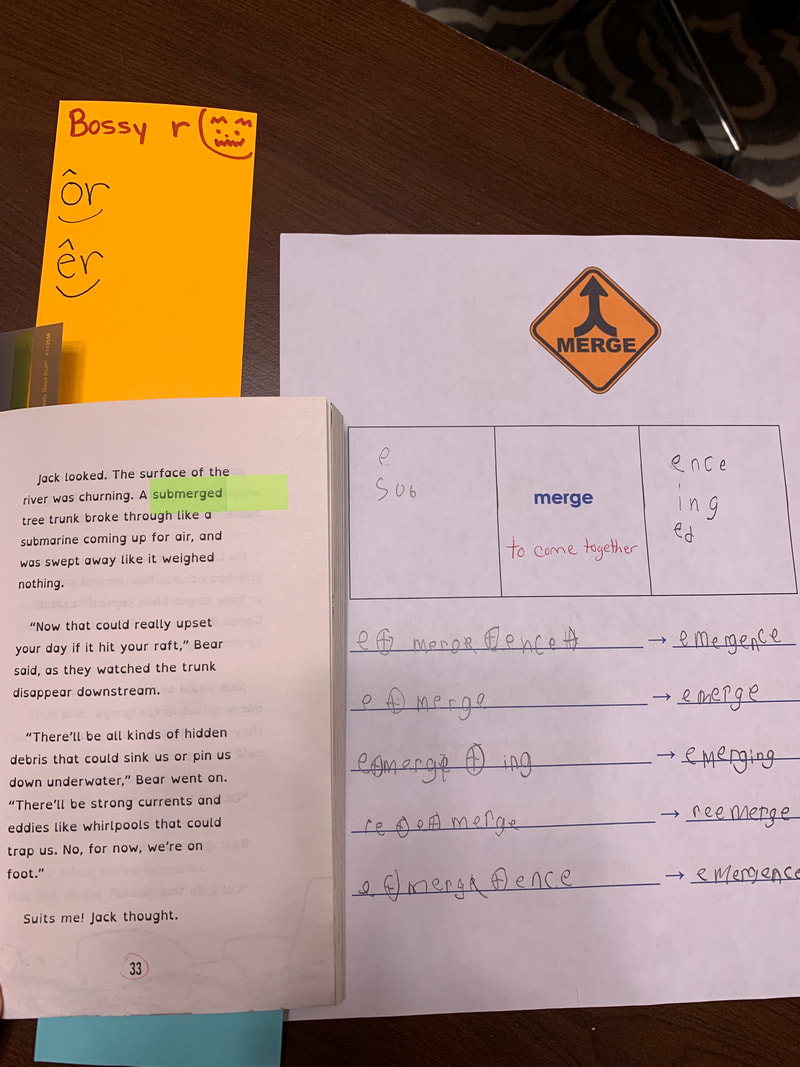 While reading together, your child will come across some interesting words. Sounding the words out to unlock how to pronounce them may slow down the reading to the point of losing all comprehension. It is a great support to your reader if you provide those words to continue the flow of meaning. Just keep track of those words. This list of interesting words becomes your source of investigation, especially if that word is repeated throughout the text. Most of the time, taking advantage of the moment is the best learning experience. I can plan ahead to my heart's content, but it does not always have the same impact as learning in the moment. This is exactly what happened in this session with one of my readers. I noticed that the text used the word <submerged> a few times. Each time, my reader came to the word, the pace slowed to sound-out the word. This word is a content word, meaning that it holds a strong meaning in the sentence like nouns and verbs typically do. When we speak, these content words are stressed or get a slightly higher pitch, like a little more emphasis. After we talked about what happened on the page and our reactions to the text, we found an agreed upon place to pause and check out this word. "What does it mean?" This is the first question we pose as a word scientist. Think about the clues in the sentences. What does the writer mean when he/she uses this word? "How is it built? Can we peel off any affixes? What do we hypothesize is the base?" As we think about the structure of the word, we typically use a white board or paper to box any proposed affixes and underline any base words. As we do this, we think about evidence from other words to prove the prefix or suffix is really a prefix or suffix. In our word, <sub> could be a prefix. What evidence do we have in other words? <Subway> <submarine> <subset>. We write these words and talk about their meaning and use in verbal sentences. Moving to the base word, <merge>. That was a new one! Can this base word stand alone like the other free bases that we know? Let's use a resource to help us! We check out etymonline.com to find out more information. Google images helped us with a picture connected to road signs and driving. We laughed as we connected this meaning to walking in the hallways of the high school. "What are some related words?" Think about how this base word can be used in other words. <merge> We record all related words we can think of on our whiteboard, making sure that the meaning connects to the meaning of <merge>. Then, an interesting story popped into my reader's head about her brother going to the <emergency> room. So, we just had to record that word and look at what could be peeled off, revealing the base word. There it was! And, in the process of analyzing, we discovered yet another prefix and suffix. Who knew that a prefix could be only one letter? "What graphemes are important here? How did we write the sounds that are represented?" Again, we have a quick talk about the importance of knowing the morphemes. Sounding it out has so many limitations. The best you can hope for is pronouncing it correctly, but if it doesn't lead to meaning, you can get lost. We discovered in just the base, <merge>, that <er> represents one sound and <ge> represents one sound. Interesting! What other words do we see this happening? More discoveries to be made! Why do all of this investigation with just one word? Well, this reader discovered 11 new related words sharing the same base, 3 new prefixes and 1 new suffix. Teaching each concept separately and out of the context of a piece of text would be taxing to the memory with nothing to anchor the new learning. Does it help comprehension of the text? Yes! Absolutely! Deeper meaning works that way! Talking with parents, I have a common question: "How can I help at home?"
I love that question! Just like learning language to speak, use expressions beyond literal meaning, and conversational vocabulary, our kids learn a lot from the way we interact with written text. When we read a book, magazine, or newspaper or if we read on a device, it is a great time to include our kids in a conversation. Pick a topic that is a high interest and share the reading with your child. Create the space to share the text in a comfortable and fun way. There is no need to quiz and check for understanding. Instead, engage a conversation about the text. "What do you think about this?" "If you could add something, what would you say?" "Do you have something that would challenge the writer's thinking here?" Words are fun to investigate! Choose a key word of interest that has meaning to explore, or is spelled in a curious way. Out loud, wonder what that word means. Wonder, why is it spelled that way. Are there parts of the word that you can peel off to reveal the base word? Here is a great resource that I use every day. This link etymonline.com is a very powerful and special "dictionary." It reveals the story behind the word that you are searching. You can discover where the word came from and the spellings from the language of origin (which often clears up the spelling mystery). Biggest tip: Make the shared reading experience enjoyable. Reading is a life-long skill, one which continues to strengthen and build beyond the years in school. Building the confidence and desire to engage with the page is the key! The rich conversation brought such discoveries! What continuously ignites the flame to learning is the discovery of something new born out of curiosity! We celebrate the mystery of what we do not know and the "why" behind the printed word!
As soon as we opened the text, "The Three Billy Goats Gruff," my word scientist exclaimed, "Look! <Gruff> <cliff> these words follow the FLOSS-Z words!" All that I prompt before reading is to open your scientist eyes and be curious! What can you find? It is like a treasure hunt! We use highlighter tape and stick up the text to discover the new Trigraph <dge> that writes /j/ at the end of <bridge.>. To test our hypothesis that it is a new trigraph, we explore other English words where <dge> writes /j/ like in <pledge> and <judge>. This was my first anticipated discovery while reading! Thinking about the plot of the story and writing events on our plot diagram, we discover a new curiosity. Why is <goat> spelled with <oa> and not <gote>? Great question! (I LOVE questions!). We explore all other English words that write the long <o> with <oa>. This leads us to naming words where the long <o> is not in the beginning or the middle like our original word <goat> to discover <ow> like in <snow> and <grow>. "What about <toe>?" she asks excitedly! Oh, my! Another vowel team that writes long <o>. The board becomes full of discovery because of our initial word <goat>. I would never, ever have bundled so many new concepts for this excited learner...it would just be too much...or so I thought! She initiated the discovery and mapped the new learning! Because she was curious and discovered the pattern, it made the difference! Grammar! Yes, the structure of the sentences we write matters. As we write to unlock the plot, the complex sentence is ready for another rich discussion. A prepositional phrase! Another new discovery! The deeper meaning behind the tale unlocks a key ingredient for Traditional Literature. She easily opens the door to the theme of the story! The plot and theme are complete! The learner is in the driver's seat. I am the coach on the side. I ask questions and wonder, right alongside in this discovery partnership. Each session is rich and sweet. Anticipation for the rich conversation!
One of my students is curious about fairy tales and folk tales. We have read many pieces of informational text, so moving into traditional literature will be a great new genre! In our sessions, we unlock the mysteries that written text brings to students. This means word study, writing, and deeper diving into comprehension. When everything we could be curious about is open for exploring, the walls created by fear of failure crumble. Discovery is for all of us! I am the guide; the learner makes the discoveries. That leads me to the anticipation! So, I've chosen a tale that is new for my student, Three Billy Goats Gruff. When I shared the title, it sounded interesting to her because it was unfamiliar...and she likes goats. We have already discovered that base words can end in double letters and this tale is full of them! We have also just discovered our first trigraph, three letters or graphemes that write one phoneme or sound. This tale has a trigraph just sitting there, waiting to be discovered. Ahhh, then the rich conversation about the characters and the conflict. I wonder if there is a lesson that these characters are learning. More rich conversation that can lead to a theme. Finally, the elements or ingredients that a story contains to be in this special genre called, Traditional Literature! The anticipation! I cannot wait until our session! The next post will share her discoveries! Get ready...because there is always a discovery that I did not anticipate! Just the thought makes me smile! How early is too early to start exploring the structure of a word?
Preschool into first grade, children learn about the letters (graphemes) and their sounds (phonemes) while they explore how their spoken word looks when written down. They are also learning how to notice sounds within a word from the beginning to the middle to the end of the word, matching sounds, creating rhymes and changing just one sound to say a completely new word. These pre-reading skills are the foundation and are necessary. When a child wants to write their words to label a picture or tell a story, the cue is often "sound it out" and "write what you hear." This is the time to discover that words have a structure and the spelling holds the key to the meaning of the word. Do not wait until the child is older and ready to study for the SAT vocabulary exam! I always think about how a young child can say the complex names of dinosaurs and understand the difference between them...they can handle the structure of our written word! Think about the word <play> and the word family that you can talk about! Without any print, you can use your fist for the word <play> and attach to the front of your fist with fingers <re> + <play> to build the word <replay>. Consider the base word <help>. Attach the suffix <ing> or <ful> and you have just discovered more words in the word family. Blocks work just as well! This begins the conversation of how words have structure and meaningful parts. Even more exciting, you can build many words with one base word like, <play> or <help>. Early emergent readers are attaching a visual images or letters, to the sounds in a word. If you think about how your toddler began to speak, his or her first words attached to something visual that held meaning to them. The toddler heard an utterance that connected to the image and learned the connection. Early readers are doing the same thing. They are attaching speech to print.
One key to developing reading skills is the discrimination and manipulation of sounds. Your toddler and early reader will benefit from rhyme and rhythm in songs and conversation. The song, "Down By The Bay," gives you the chance to say an animal and your child to give a rhyming ending to the verse. "Have you ever seen a goat in a _______? Down by the bay." Fun for car rides, too! Short vowel sounds can be fun to play with, especially when there is a manipulative to add to the exercise. In the picture below, we are just concentrating on the sound in the middle of the word. But, first we pull down a chip for each sound, segmenting one sound at a time. Then, tap the middle sound. Say just that sound. Tap the plastic egg or the plastic apple. Which one matches that middle sound? We work on just the sounds, no printed letters are needed. This practice exercises a skill called phonological awareness, a critical foundation in the development of word recognition skills. What are the causes of reading difficulties? I know from speaking with several parents who have asked this very question, that at the heart of the question is "Have I done something wrong because my child has trouble reading?" Honestly, I share that each child has their own abilities to learn language both verbal and written. It is all about the learning pathway! What can cause a setback in learning to read? The lack of rich language exposure can cause a setback in learning to read. Conversation with a preschooler with exposure to reading picture books, and the rhythmic language where a child can learn to read along with the adult, sets a strong foundation for written text. Another cause may be a biological risk factor where family members are neurologically wired for language differently, especially in comparison to how traditional instruction teaches reading. This mismatch between the wiring for reading and the phonetic-based instruction in classes can cause a setback in learning to read. How do you diagnose a reading problem?Current research shows at least one in five children demonstrate reading difficulties. If identified before third grade, direct instruction interventions can make a significant difference and children can and do become proficient readers. However, if a child is not identified until well after third grade, lower reading achievement is likely into middle and high school. Poor reading skills can transfer to other areas such as writing. The key is early identification and intervention strategies. What are the warning signs of a reading problem that may need a specialist for further testing? What are the warning signs of a reading problem?
What are the solutions?Early identification of a reading difficulty or diagnosed disability is so very important. But, if identification is later, there are instructional strategies that make a dynamic difference in reading abilities, comprehension, writing and maybe the most important for older children, confidence.
Finding a highly trained tutor who uses intervention strategies that work is a great first step. These strategies are transferrable to the classroom. Interventions such as learning the structure of words and the phonetic connection to word structure really work. Children realize that the English language follows a predictable structure and pattern that directly connects to the meaning of the words. Writing makes sense. Reading makes sense. It clicks! Continue those strategies together at home. Building confidence and transferring skills is so important. |
AuthorI am loving learning! I've been an educator for over 30 years and a tutor for ten...and I'm constantly amazed at new discoveries about the brain, how we learn, and how new instructional strategies like Structured Word Inquiry, unlock readers who are stuck. New discoveries about our English language and the structure of words are absolutely the biggest "Ah-Ha" moments with students that I've ever encountered! Archives
November 2022
Categories |

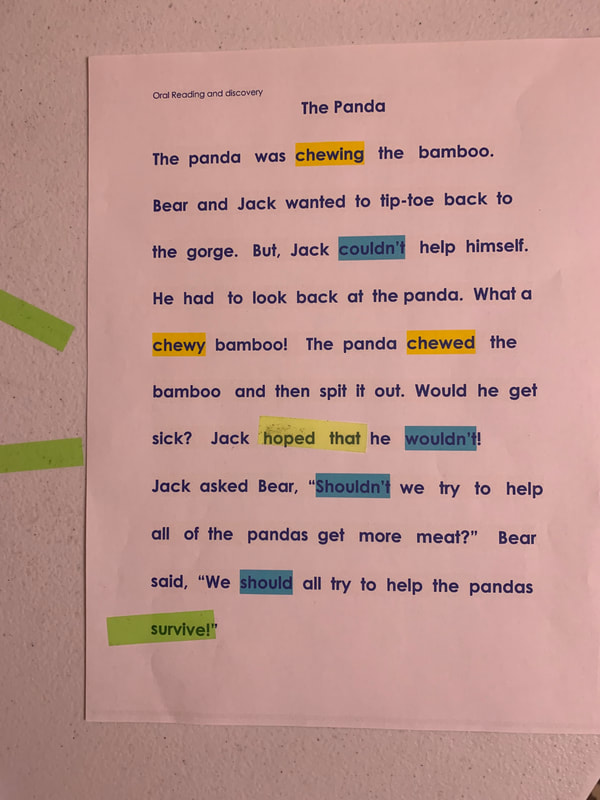
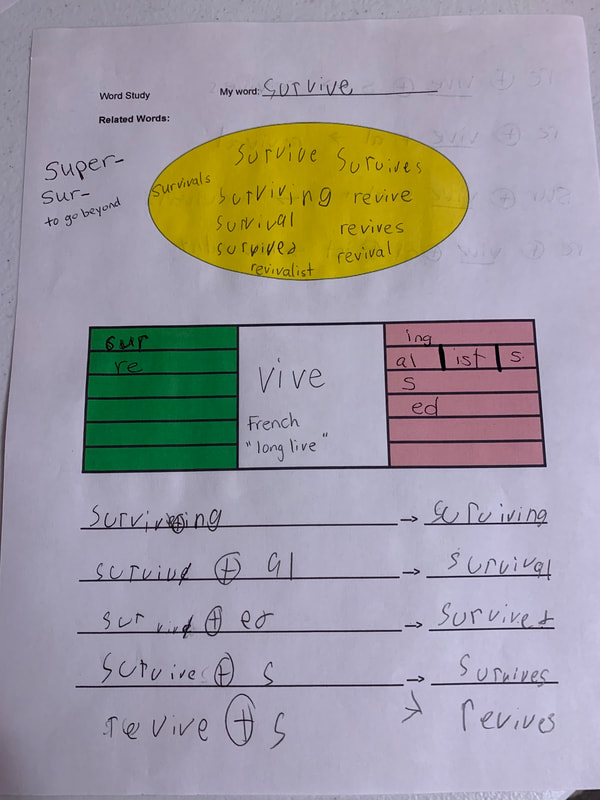
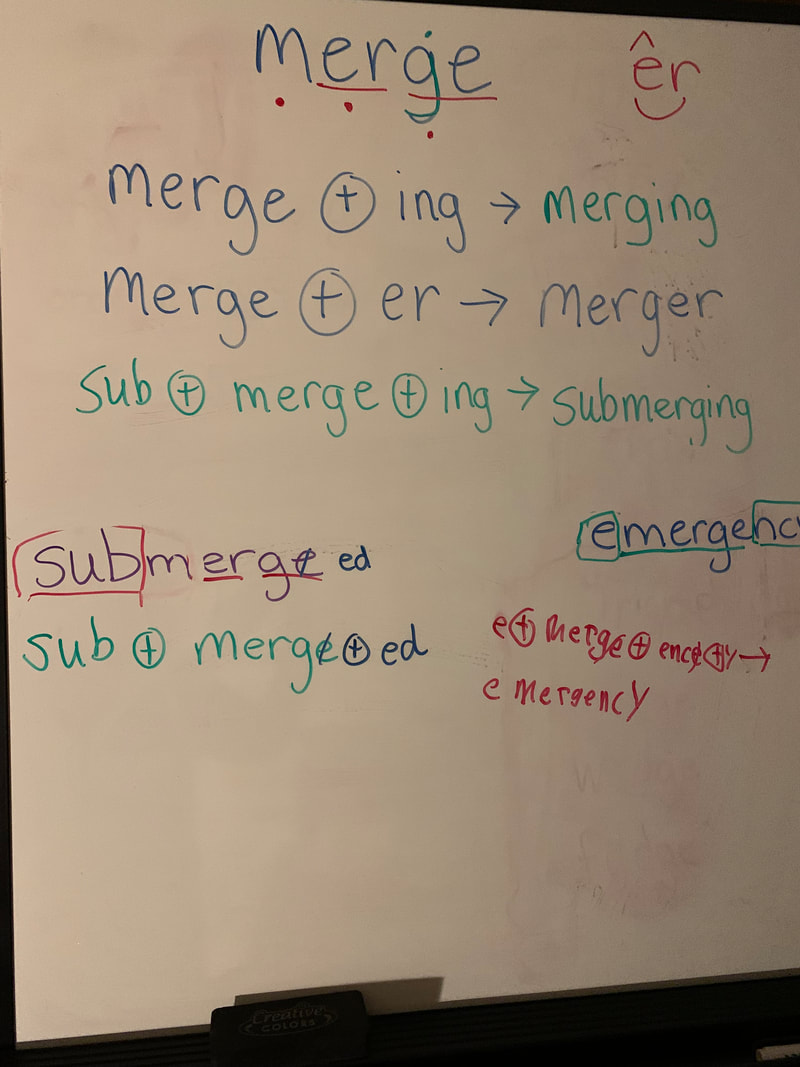
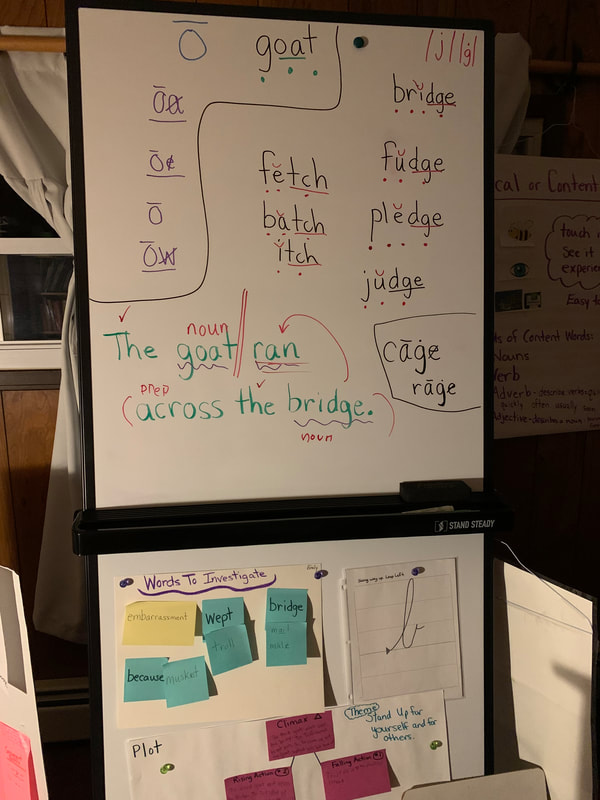
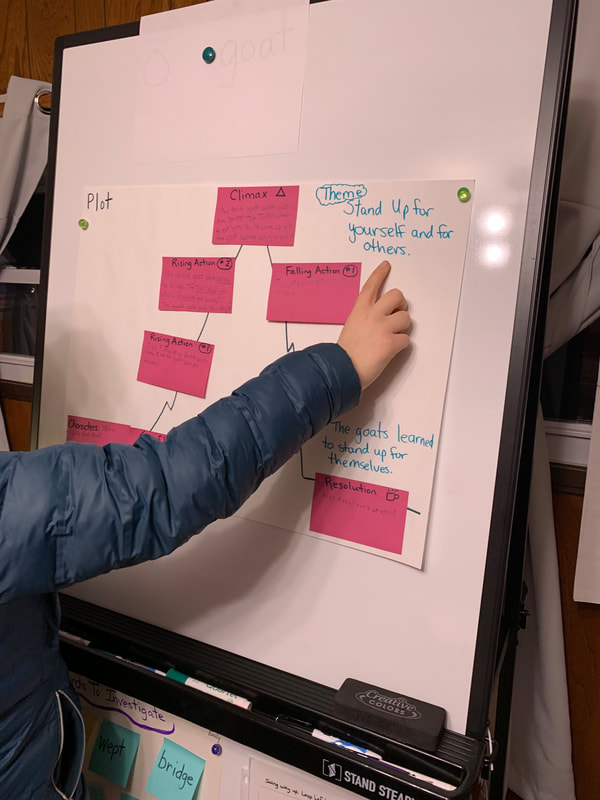
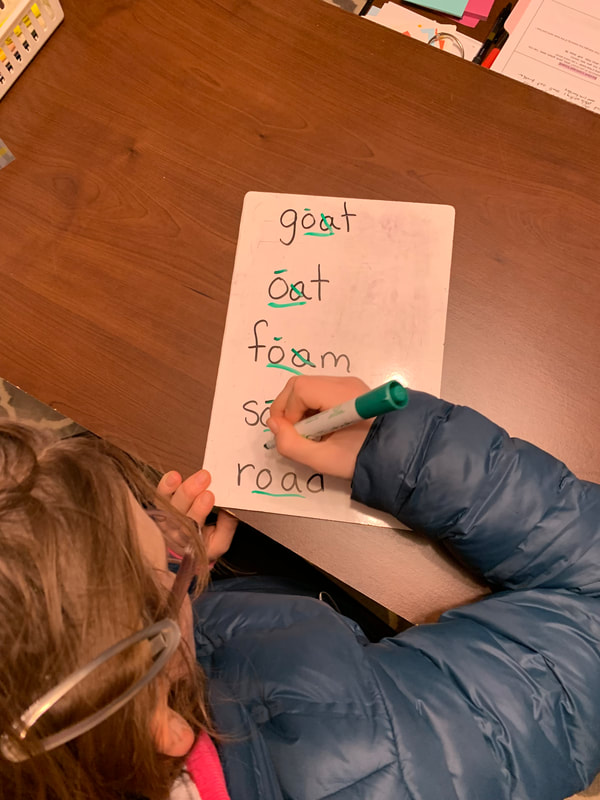
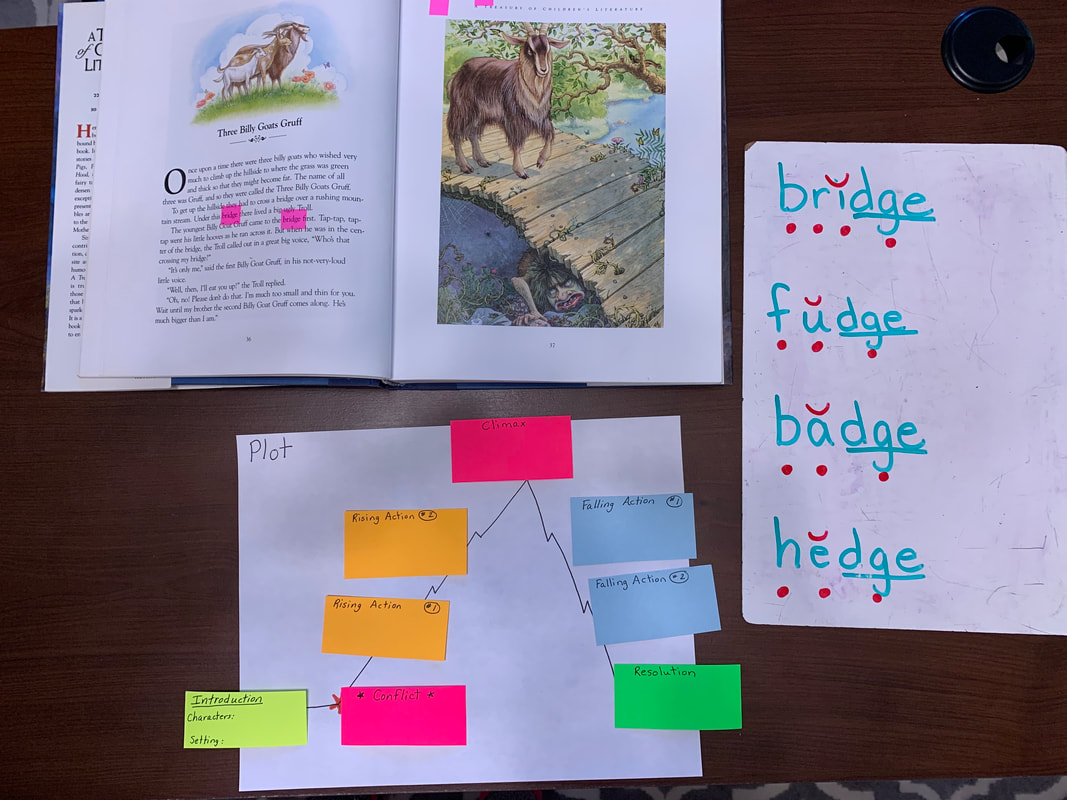
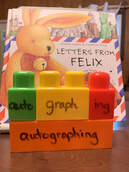
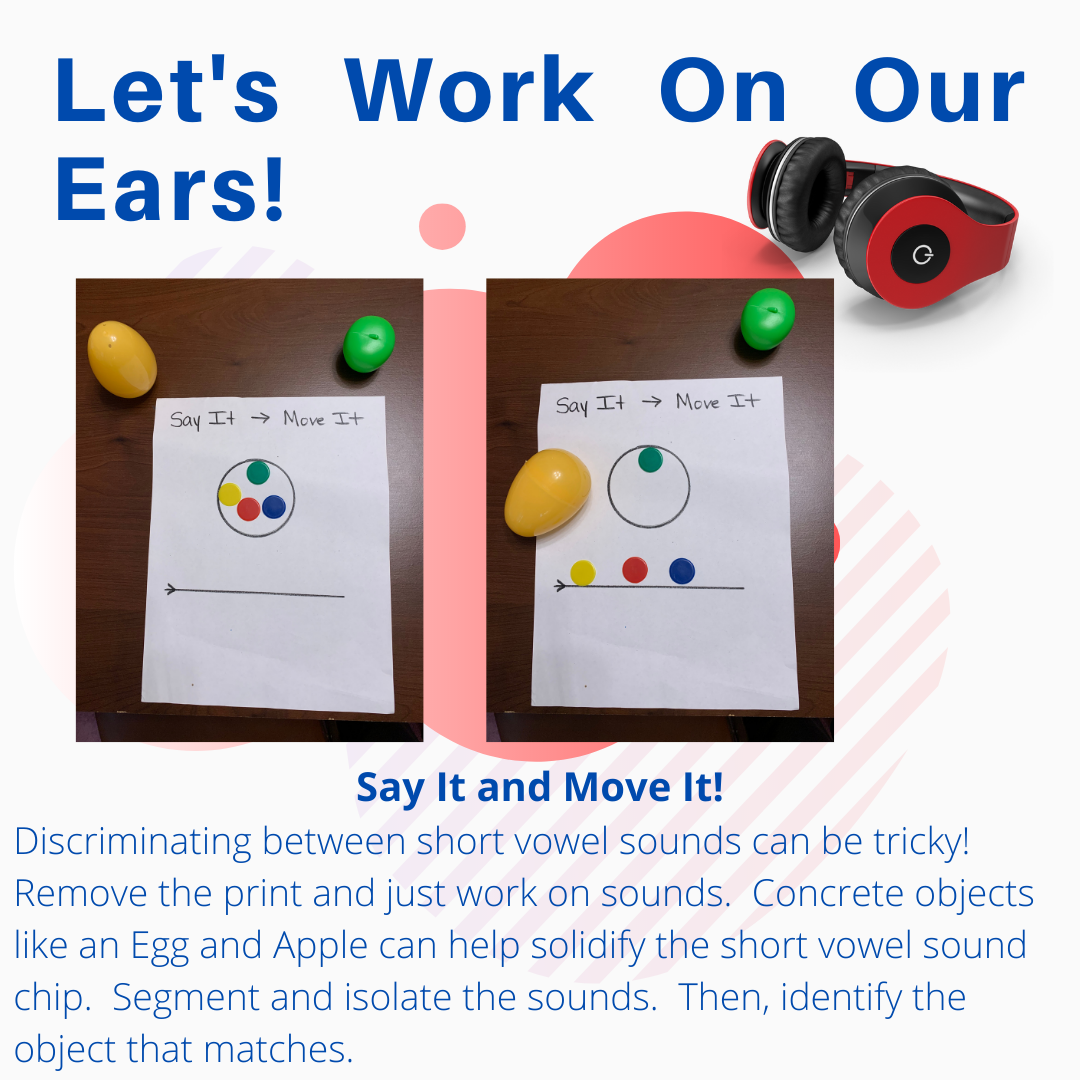
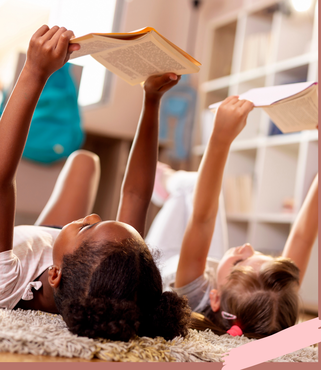
 RSS Feed
RSS Feed